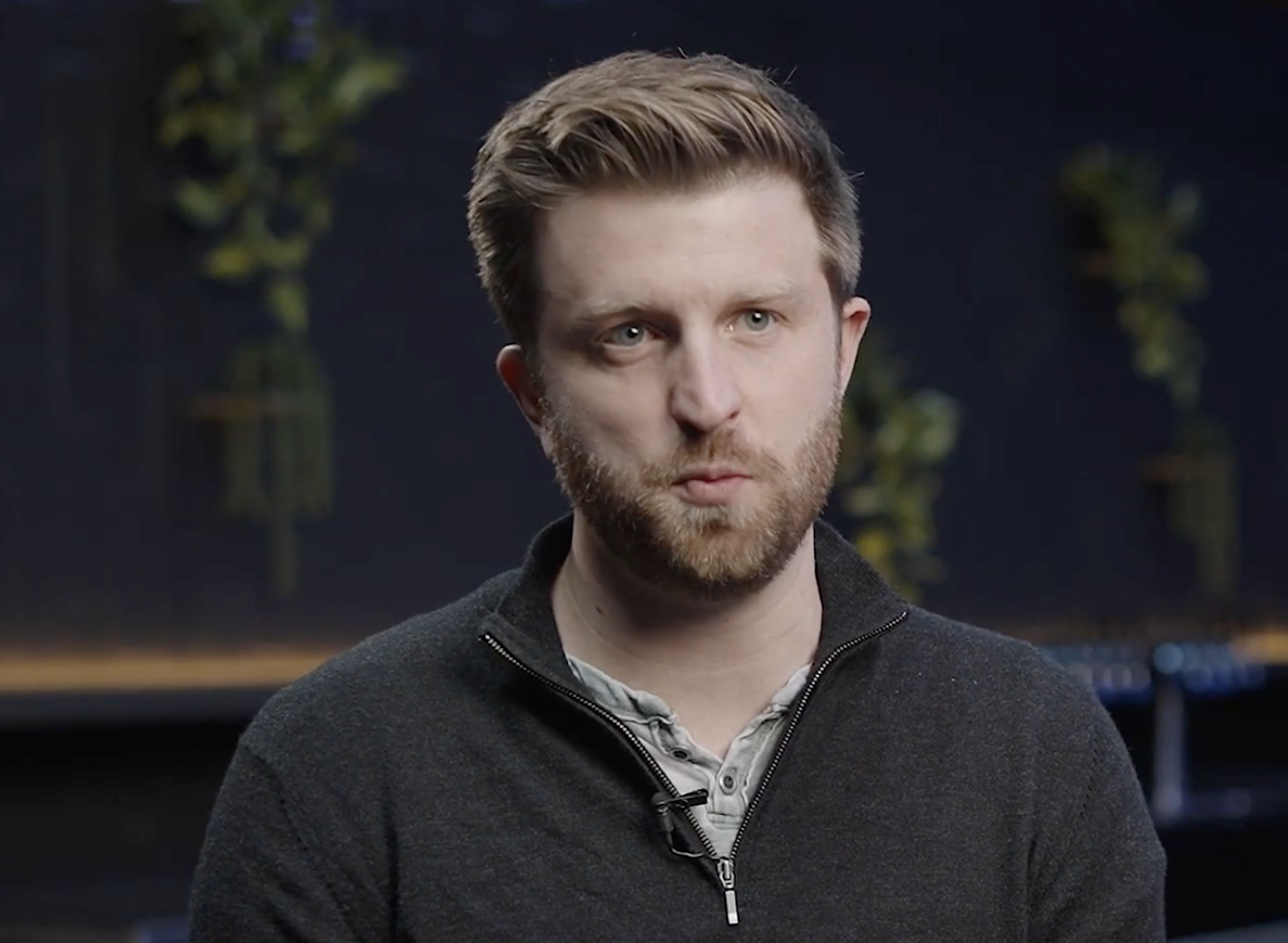
How AI Is Changing the Game for SEO: Answer Engine Optimization (AEO) and Practices to Promote Your Brand in the AI Era
Digital marketing is undergoing a fundamental shift. As AI transforms how consumers search for and discover information, brands must adapt their optimization strategies beyond traditional search engine optimization (SEO). The emergence of AI-powered answer engines—including ChatGPT, Google’s AI Overview, Perplexity, and Claude—has given rise to a new discipline: Answer Engine Optimization (AEO).
AEO represents more than just an evolution of SEO; it’s a category reset toward “Search Everywhere Optimization,” integrating platforms like YouTube, TikTok, Reddit, and AI chatbots for broader reach. This transformation requires marketers to reconsider how they structure content, establish authority, and engage with audiences across an expanding ecosystem of AI-powered channels.
The Five Pillars of AEO Strategy
Successful AEO implementation rests on five interconnected pillars that work together to maximize AI search visibility:
1. Content Optimization
Content optimization for AEO requires a fundamental shift from traditional long-form SEO content to concise, structured information that AI systems can easily parse and utilize:
- Clear heading structure (H1, H2, H3 tags) that creates logical information hierarchy
- Short, definitive answers following H2 or H3 headings, with a maximum of 350 characters for optimal featured snippet capture
- FAQ sections at the end of content targeting top questions from People Also Ask (PAA) results
- Concise paragraphs and bullet points that facilitate easy consumption by both users and AI systems
- Semantic alignment with AI overview content, incorporating similar language patterns and structure
- EEAT compliance ensuring content demonstrates Experience, Expertise, Authoritativeness, and Trustworthiness.
Note that the emphasis on brevity represents a significant departure from traditional SEO practices. While conventional SEO often favored longer, comprehensive content, AI systems prefer accessible, direct answers that can be quickly read, processed and cited.
2. Technical SEO
Technical optimization forms the foundation upon which all other AEO efforts build, focusing on making websites easily crawlable and interpretable by AI systems:
- Site speed optimization targeting 65+ mobile and 85+ desktop scores for core web vitals
- Comprehensive metadata and schema implementation to provide structured data that AI systems can understand
- Interactive content embedding including product tours, videos, and quizzes to increase user engagement metrics
- Search engine indexing verification through Google Search Console and Bing Webmaster Tools
- IndexNow submission for faster indexing by both search engines and LLMs
- Optional llms.txt file creation to provide AI-specific instructions for content interpretation
Technical SEO for AEO also requires consideration of “AX”—the AI agent experience. Just as user experience (UX) has long been a priority, marketers must now optimize for how AI agents navigate and understand their content.
3. Link Building for AI Search
Link building in the AEO era requires a strategic approach to identifying and securing placements in sources that AI systems frequently reference:
- Source analysis by searching target keywords on Google and relevant industry prompts in ChatGPT to identify commonly cited sources
- High-intent and high-volume keyword prioritization to focus link building efforts where they’ll have maximum impact
- Proactive outreach to secure mentions and backlinks from frequently cited sources like listicles and review sites
- Paid and organic link acceptance as AI systems currently don’t differentiate between earned and paid placements
- Brand mention prioritization recognizing that even links without direct attribution contribute to AI search footprint
4. PR for AI Search
Public relations in the AEO era extends beyond traditional media outreach to focus on building comprehensive brand authority across AI training datasets:
- Industry journalist identification using tools like Help A Reporter Out (HARO) to connect with relevant media professionals
- Expert commentary development providing easily quotable insights, data, and analysis
- Brand mention targeting beyond just backlinks, as LLMs use both link context and brand mentions in their training
- Co-citation focus ensuring brand and strategic keywords appear together in authoritative content
- Content repurposing transforming media mentions into owned content for press pages and blog posts
5. Community Building
Community engagement has emerged as a critical component of AEO strategy, particularly through platforms where AI systems source real-world user discussions:
- Forum participation on Reddit, Quora, and industry-specific communities like HubSpot, Shopify, and WordPress forums
- Strategic keyword research focusing on bottom-of-funnel, long-tail keywords in community discussions
- Value-first engagement answering user questions helpfully before introducing brand mentions
- Community support leveraging utilizing customers, champions, and staff to authentically engage with brand mentions
- Wikipedia presence establishing and maintaining accurate listings on one of the top five sources referenced by LLMs
The Evolving Landscape of AI Search
The transformation from traditional SEO to AEO reflects broader changes in how people discover and consume information. AI systems favor a mix of paid and organic content, with paid placements currently offering strategic advantages for visibility in search results. This represents a significant shift from Google’s historical emphasis on organic results.
Wikipedia listings have become particularly valuable, as well, ranking among the top five sources that LLMs reference when generating responses. Companies able to secure a Wikipedia presence can significantly enhance brand visibility and trustworthiness in AI-generated results.
The technical aspects of AEO also differ meaningfully from traditional SEO. AI systems typically don’t execute JavaScript, focusing instead on raw HTML content. This means that many modern website features—from tracking tags to dynamic content—remain invisible to AI crawlers. Companies optimizing for AI visibility must ensure their core messaging and value propositions are embedded directly in HTML rather than relying on JavaScript-dependent elements.
Implementation Strategies and Results
Successful AEO implementation requires coordinated effort across multiple channels and sustained investment over time. A diversified approach provides resilience against potential algorithmic changes while building genuine authority in the industry. As organic mentions increase due to improved visibility, the reliance on paid placements naturally decreases, creating a sustainable long-term strategy. The integration of video content has also proven valuable, with YouTube videos increasingly being pulled as sources by AI systems. While LLMs may not yet analyze video content directly, they do reference video descriptions, comments, and metadata, making video a valuable distribution channel for AEO-optimized content.
Looking Forward
As AI search continues to evolve, the companies that invest early in AEO strategies will likely maintain significant competitive advantages. The shift toward AI-mediated discovery represents a fundamental change in how brands connect with potential customers, requiring new approaches to content creation, technical implementation, and community engagement. No doubt, the importance of optimizing for these new discovery channels will only continue to grow, making AEO an essential component of modern digital marketing strategy.
Stéphane Le Mentec is Head of Demand Generation at Ketch, a data privacy software company
Tech, startups & the big picture
Subscribe for sharp takes on innovation, markets, and the forces shaping our future.
Let's keep in touch
We're heads down building & growing. Learn what's new and our latest updates.


